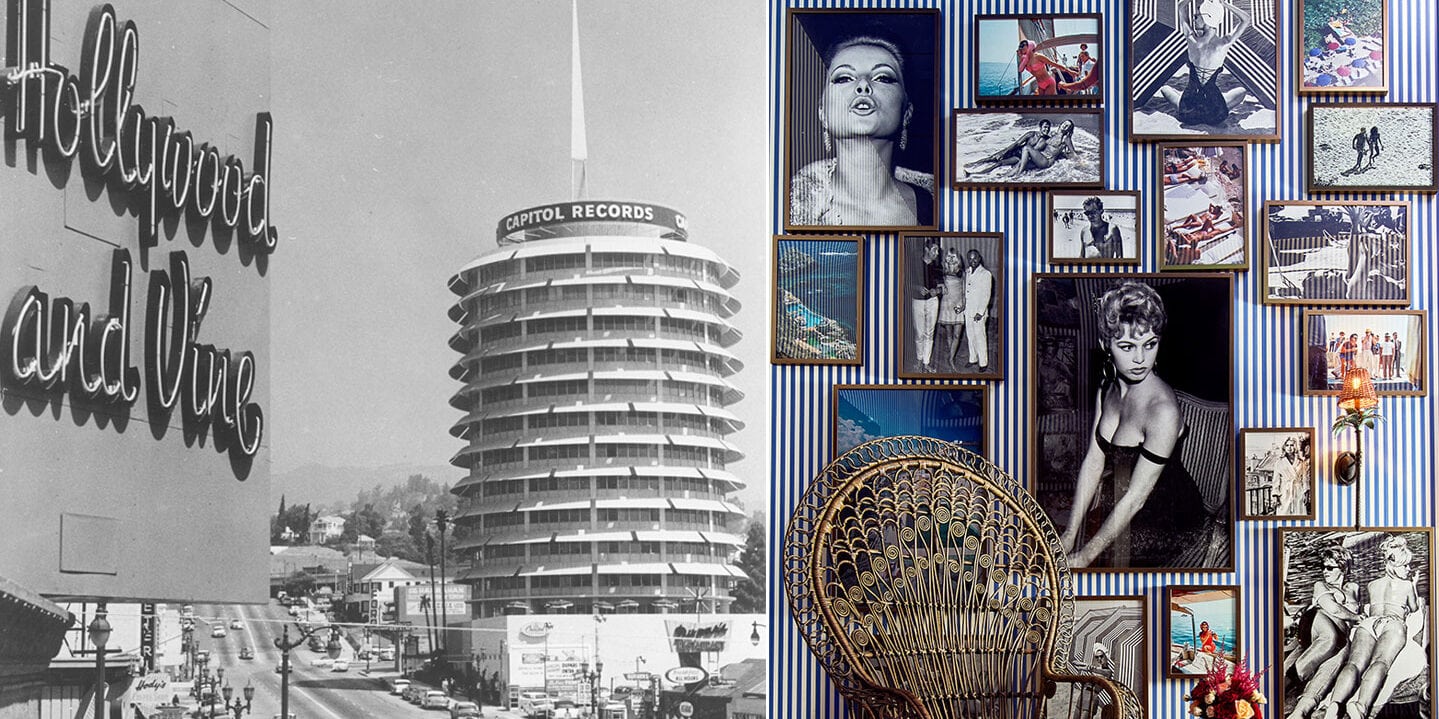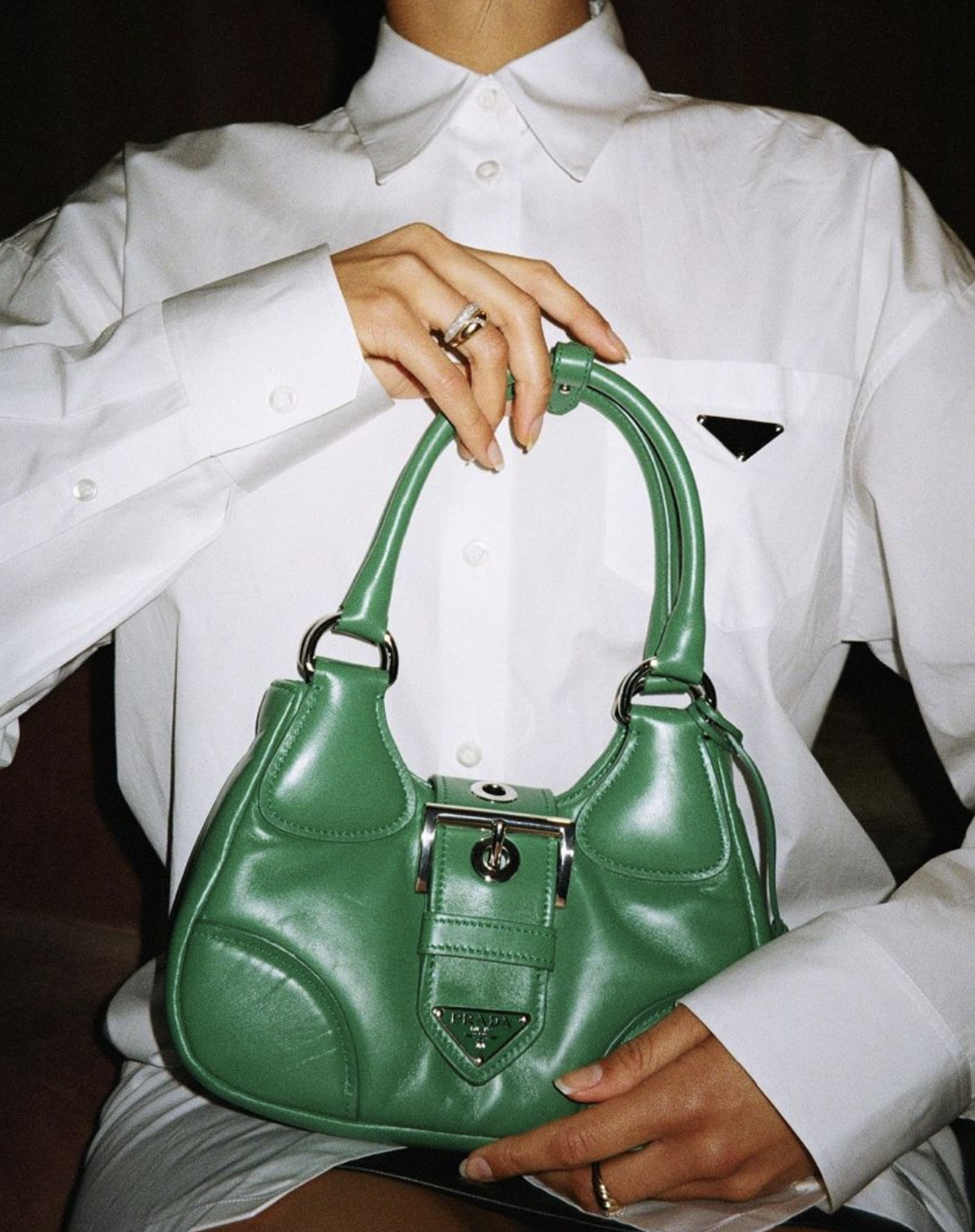Over the past few years, people around the world have shown a notable resurgence in valuing traditional artistic methods. This renewed enthusiasm acts as a counterweight to our ever-more digital environment, with many individuals yearning for the concrete, human experience that only physical art can offer. Museums are witnessing a rise in visitors, auction houses are observing unprecedented bids for classical pieces, and art schools are experiencing a jump in enrollment in conventional areas such as oil painting and sculpture.
Several cultural factors contribute to this artistic renaissance. The pandemic years, with their forced isolation and screen saturation, prompted many to reconsider the value of hands-on creative expression. People who turned to painting, pottery or other crafts during lockdowns discovered lasting satisfaction in these analog processes. Simultaneously, younger generations raised in the digital realm are showing surprising interest in learning centuries-old techniques, finding novelty in what their grandparents might have considered ordinary skills.
The art market reflects these shifting preferences. While digital art and NFTs captured headlines in recent years, traditional mediums are experiencing their own quiet revolution. Auction results show steady increases for works using classical techniques, with contemporary artists who master traditional methods commanding particular attention. This suggests collectors are placing new value on technical mastery alongside conceptual innovation.
Educational institutions are embracing this movement. Numerous art schools that had previously leaned towards digital media are now reinstating comprehensive education in core skills. Classes on life drawing, previously deemed outdated, are now highly sought after, and opportunities for apprenticeships in restoration techniques are growing more competitive. This marks a notable shift from ten years ago, when such traditional instruction was often regarded as obsolete.
Technology plays an unexpected role in this revival. Ironically, the same digital platforms that threatened to make physical art obsolete are now helping to fuel its resurgence. Social media allows artists to share their traditional processes with global audiences, creating new appreciation for the time and skill involved. Online tutorials have made classical techniques more accessible than ever, while e-commerce platforms enable artisans to reach customers directly.
The environmental movement has also influenced this return to traditional art forms. As sustainability concerns grow, many artists and consumers are drawn to natural materials and time-tested techniques that align with eco-conscious values. This has led to renewed interest in ancient pigment-making methods, organic textiles, and other environmentally friendly practices that contemporary artists are adapting for modern applications.
Psychologists note the therapeutic benefits that accompany this artistic reawakening. The tactile nature of traditional art-making provides cognitive and emotional rewards that digital creation cannot replicate. Studies show activities like painting or sculpting can reduce stress, improve focus, and foster mindfulness – qualities particularly valuable in our fast-paced, technology-driven era.
Commercial galleries are capitalizing on this trend by curating exhibitions that highlight technical virtuosity alongside contemporary relevance. Such shows often emphasize the materiality of artworks, inviting viewers to appreciate texture, brushwork and physical presence in ways that challenge the flatness of digital displays. This approach has proven particularly successful with younger audiences who experience most visual culture through screens.
The revival extends beyond visual arts to encompass traditional crafts as well. Ceramics, textile arts, woodworking and other handcrafts are enjoying newfound popularity, with artisan markets and craft fairs reporting record attendance. This suggests a broader cultural shift toward valuing human-made objects in an age of mass production and automation.
En el futuro, este renacimiento artístico parece no detenerse. A medida que la inteligencia artificial se vuelve más común en los campos creativos, muchos anticipan un aumento en la apreciación por el arte creado auténticamente por humanos. Las imperfecciones únicas y los toques personales que caracterizan a las obras de arte tradicionales podrían ser cada vez más valorados como rasgos distintivos en un mundo de imágenes generadas por algoritmos.
This resurgence represents more than nostalgia – it reflects an evolving understanding of art’s role in human experience. In reconnecting with traditional forms, contemporary society rediscovers not just techniques but ways of seeing, thinking and creating that have sustained cultures for centuries. The current revival suggests these timeless practices still have much to offer our modern world.
The revitalized enthusiasm for classic art forms highlights timeless human desires that digital advancements fail to fulfill. The tangible nature of brushstrokes on canvas, the conversion of basic materials into significant creations, and the noticeable marks of the artist’s touch – these aspects persist in their appeal because they tie us to something innately human. As the artistic landscape changes, this admiration for tradition seems poised to continue serving as a crucial contrast to technological progress.



